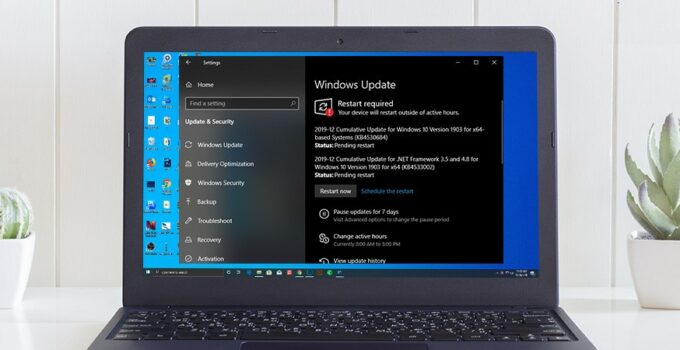

If all else fails, you can reset the Windows Update service.
 Open the Settings app with the Win+I keyboard shortcut. Windows Update is no stranger to problems which is why Windows 10 has a built-in troubleshooter to resolve these problems. Open the Startup Type dropdown and select Automatic. Double-click the Windows Update service. In the run box, enter services.msc and tap Enter. Tap the Win+R keyboard shortcut to open the run box. If the update still does not install, you can change the nature of the update process so that it installs updates as soon as they’ve been downloaded. The update will be downloaded and installed. Delete all files and folders in this location. Navigate to this folder: C:\Windows\SoftwareDistribution\Download. It’s possible that Windows 10 wasn’t able to download all files or something went wrong while it was downloading files. If the update is still pending after a system restart, you should delete the update and download it again. Once you’re back on the desktop, open the Settings app with the Win+I keyboard shortcut. If you’ve installed updates that require a system restart, the pending restart may be preventing other updates from installing. Some updates may need to install before other updates can be installed. Windows 10 updates do not all install concurrently.
Open the Settings app with the Win+I keyboard shortcut. Windows Update is no stranger to problems which is why Windows 10 has a built-in troubleshooter to resolve these problems. Open the Startup Type dropdown and select Automatic. Double-click the Windows Update service. In the run box, enter services.msc and tap Enter. Tap the Win+R keyboard shortcut to open the run box. If the update still does not install, you can change the nature of the update process so that it installs updates as soon as they’ve been downloaded. The update will be downloaded and installed. Delete all files and folders in this location. Navigate to this folder: C:\Windows\SoftwareDistribution\Download. It’s possible that Windows 10 wasn’t able to download all files or something went wrong while it was downloading files. If the update is still pending after a system restart, you should delete the update and download it again. Once you’re back on the desktop, open the Settings app with the Win+I keyboard shortcut. If you’ve installed updates that require a system restart, the pending restart may be preventing other updates from installing. Some updates may need to install before other updates can be installed. Windows 10 updates do not all install concurrently. 
This may or may not be a bug but regardless of the reason behind it, the problem is easy to fix. Windows 10 updates can fail to install or the installation may not start at all. Windows Update Pending Install (Tutorial) Normally, the only thing blocking an update from installing is the system being in use i.e., within Active Hours, or a shortage of disk space.

Windows updates install in several steps Windows 10 checks for updates, it downloads them, and then it installs them.








 0 kommentar(er)
0 kommentar(er)
